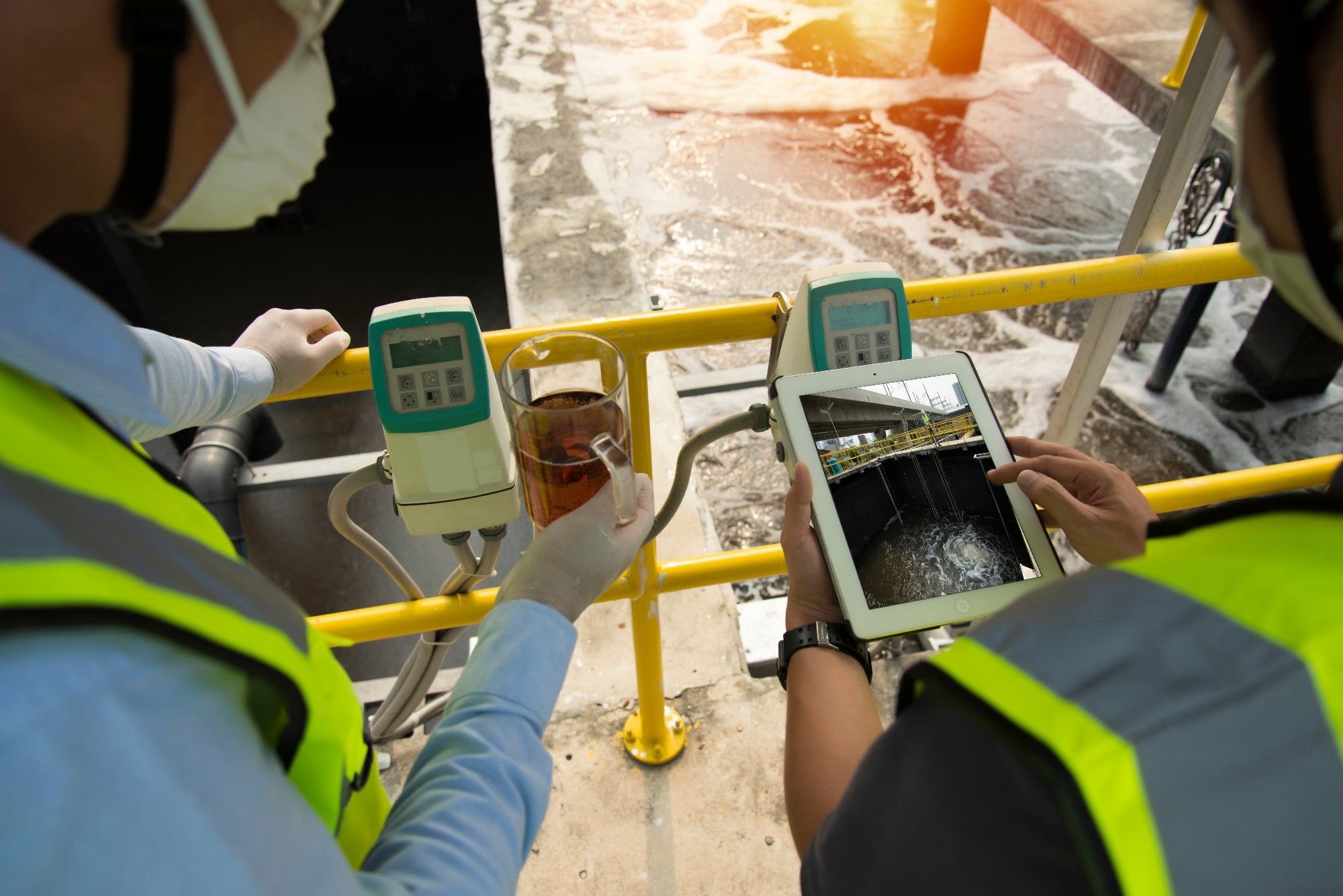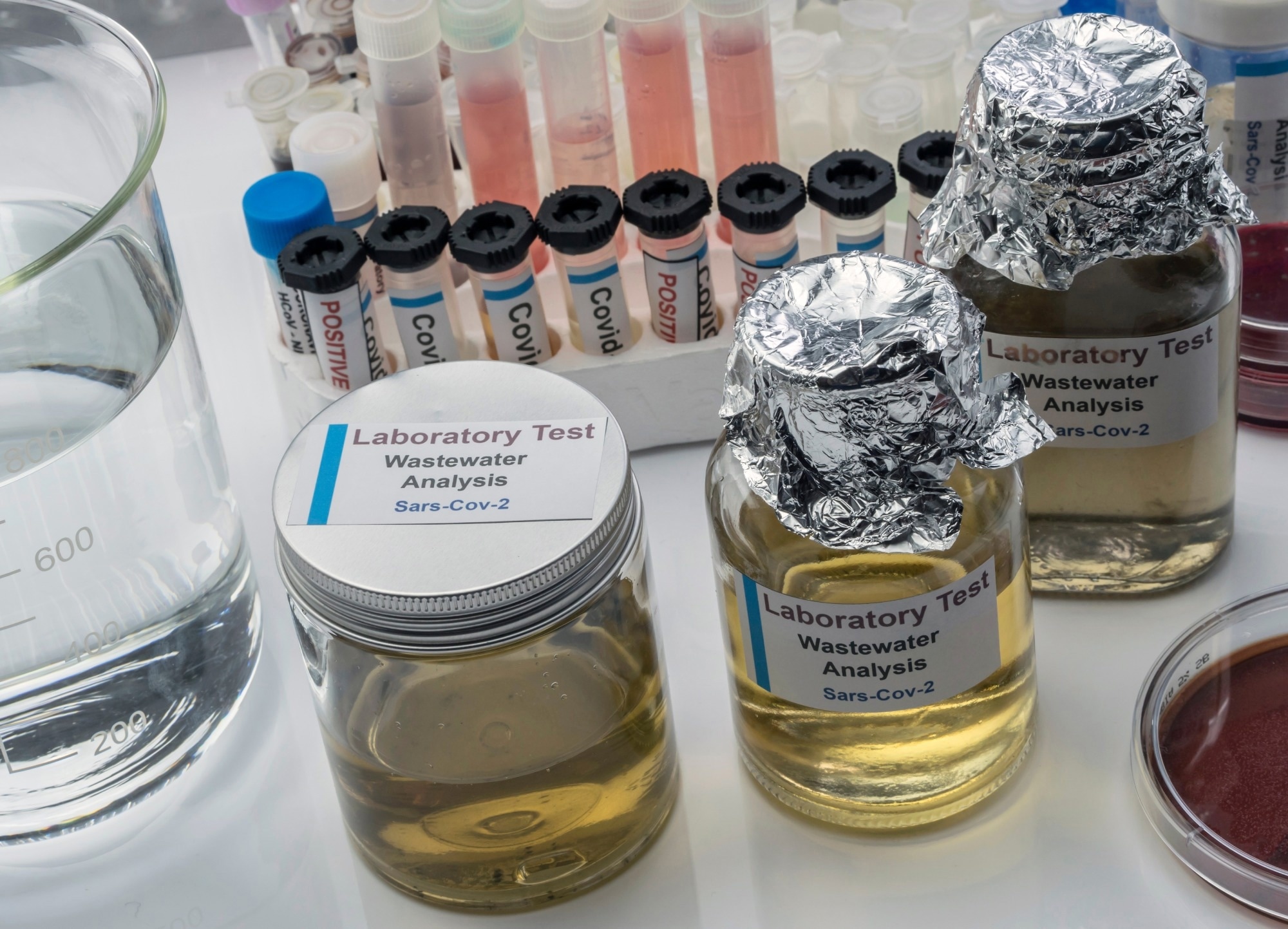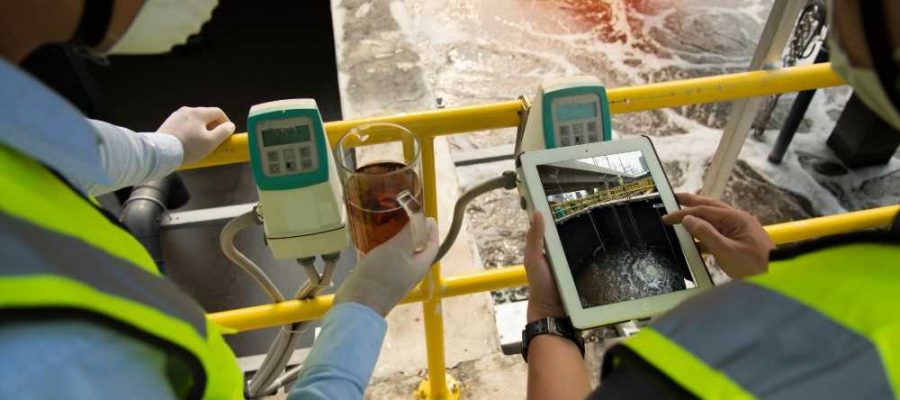SARS-CoV-2/COVID-19 in wastewater
Next step in wastewater surveillance of SARS-CoV-2/COVID-19
References
Further reading
Although inhalation of droplet/aerosol and person-to-person contact could be considered the main transmission modes of coronavirus disease 2019 (COVID-19), recent studies found the severe acute respiratory syndrome coronavirus 2 (SARS-CoV-2) RNA can also be detected in wastewater.
The scientific community is taking new steps to study wastewater as a potential source of human health risks and epidemiological data as an early warning system for COVID-19.
 Image Credit: Viewfotostudio/Shutterstock.com
Image Credit: Viewfotostudio/Shutterstock.com
SARS-CoV-2/COVID-19 in wastewater
SARS‐CoV‐2, which led to COVID-19 pandemic crisis, represents the third zoonotic coronavirus, following SARS-CoV and MERS-CoV epidemics. Wastewater or environmental monitoring is a promising method for mass surveillance or screening, which may help generate useful data for early warning systems against emerging pathogens, such as SARS-CoV-2.
Recent reports found that SARS-CoV-2 circulated in septic tanks, wastewater, and medical wastewater. Surveillance of wastewater permits properly timed and targeted lockdowns and reopening in certain densely populated geographic areas which have low resources.
To increase the sensitivity of the detection tests, viral concentration methods such as modified skimmed milk flocculation, bag-mediated filtration system, ultrafiltration via millipore filtration concentration, and polyethylene glycol precipitation should be used.
The world is now aiming to make economic epidemiological surveillance studies and have ideal protocols for detecting and quantifying SARS-CoV-2. Even though massive RT‐PCR testing campaigns are being run worldwide for tracking COVID-19, this, unfortunately, cannot be considered a credible surveillance tool for the general population for a long time.
Recent reports found that SARS-CoV-2 is detected in the feces of infected COVID-19 patients, with infectious SARS-CoV-2 reported in the feces of severe COVID-19 patients. SARS-CoV-2 could still be detected in stool, even when the respiratory tract becomes free or negative from SARS-CoV-2, raising many questions about the importance of wastewater and its treatment against SARS-CoV-2.
SARS-CoV-2 can cause asymptomatic or paucisymptomatic infections, which might add more limitations for determining the real degree of circulated SARS-CoV-2 in the community.
There is no clear picture of the extent of environmental contamination and the transmission mode. Ong et al. reported that a patient with upper respiratory tract involvement with no pneumonia clinical signs had two positive stool samples for SARS-CoV-2 with no diarrheal symptoms, implying that SARS-CoV-2 shedding in the stool might be a possible transmission route.
Consequently, it is pivotal to have more data about the mode of transmission of COVID-19 in sewage and wastewater to evaluate the possible risk to sewage workers and the population in general and assess if surveillance of wastewater is considered an ideal method for monitoring COVID-19 in the community.
 Image Credit: felipecaparros/Shutterstock.com
Image Credit: felipecaparros/Shutterstock.com
Next step in wastewater surveillance of SARS-CoV-2/COVID-19
Meanwhile, surveillance of wastewater represents a less biased method to estimate the spread of infection in different areas, especially in developing countries with limited resources for surveillance and clinical diagnosis. Current detection of SARS-CoV-2 in wastewater is mainly based on RT-PCR, which is laborious, expensive, time-consuming, and labor-intensive.
Reverse transcription-loop-mediated isothermal amplification (RT-LAMP) is now widely used as an ideal alternative to RT-PCR because RT-LAMP is a fast, cheap, specific, sensitive, and easy‐to‐use assay. RT-LAMP can detect SARS-CoV-2 directly from clinical samples without requiring viral RNA extraction. RT-LAMP is currently used for the detection of SARS-CoV-2 in wastewater samples.
RT-LAMP has many other advantages, such as excluding a thermal cycler, sensitivity, speed, and robustness to sample inhibitor, making it an ideal alternative to RT-PCR. Loop-mediated isothermal amplification takes less than one hour to amplify the pathogen's genetic material, with four to six primers guaranteeing high specificity.
Microfluidics is an emerging, disposable, and cost-efficient technology for quickly diagnosing viral infections. Microfluidic technology represents an alternative to the time-consuming and labor-intensive bench assays.
Microelectronics technologies and micro-electromechanical systems have a pivotal role in developing microfluidic chips, which can manipulate minute amounts of fluids and extract information from them, offering the potential to acquire information from the minute volume of samples rapidly. Donia and colleagues integrated RT-LAMP and microfluidic technology to detect SARS-CoV-2 in wastewater.
References
- Donia, A.; Hassan, S.-u.; Zhang, X.; Al-Madboly, L.; Bokhari, H. COVID-19 Crisis Creates Opportunity towards Global Monitoring & Surveillance. Pathogens. 2021, 10, 256 https://doi.org/10.3390/pathogens10030256
- Kitajima, M., et al., SARS-CoV-2 in wastewater: State of the knowledge and research needs. Science of The Total Environment, 2020. 739: p. 139076. https://doi.org/10.1016/j.scitotenv.2020.139076
- Oran, D.P. and E.J. Topol, Prevalence of asymptomatic SARS-CoV-2 infection. Annals of Internal Medicine, 2021. 174(2): p. 286-287. https://doi.org/10.7326/M20-3012
- Al Huraimel, K., et al., SARS-CoV-2 in the environment: Modes of transmission, early detection and potential role of pollutions. Science of The Total Environment, 2020: p. 140946. https://doi.org/10.1016/j.scitotenv.2020.140946
- Ong, Sean Wei Xiang, Yian Kim Tan, Po Ying Chia, Tau Hong Lee, Oon Tek Ng, Michelle Su Yen Wong, and Kalisvar Marimuthu. "Air, surface environmental, and personal protective equipment contamination by severe acute respiratory syndrome coronavirus 2 (SARS-CoV-2) from a symptomatic patient." JAMA 323, no. 16 (2020): 1610-1612
- doi: 10.1001/jama.2020.3227
- Donia, Ahmed, et al. "Integration of RT-LAMP and Microfluidic Technology for Detection of SARS-CoV-2 in Wastewater as an Advanced Point-of-care Platform." bioRxiv (2021). https://www.biorxiv.org/content/10.1101/2021.08.18.456880v2
Further reading
- How to Prevent Pandemics
- What is Pandemic Preparedness?
- Cholera Prevention
Last Updated: Jun 21, 2023
Source: Read Full Article
